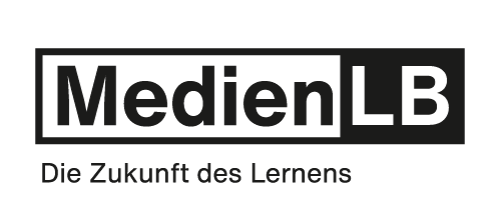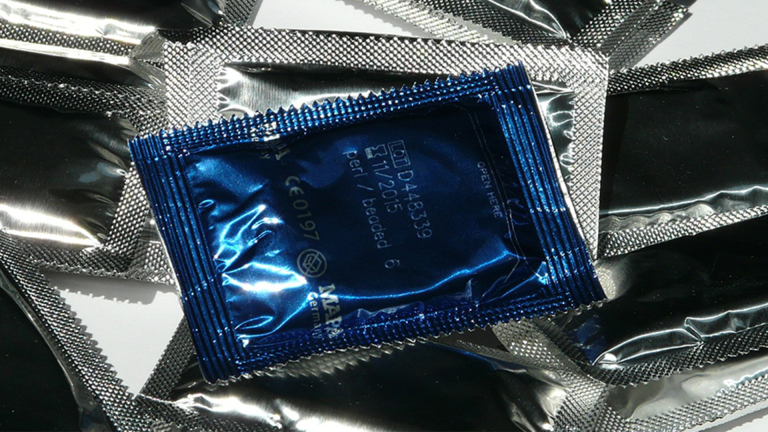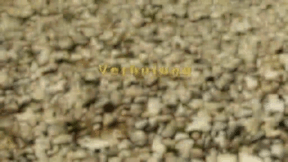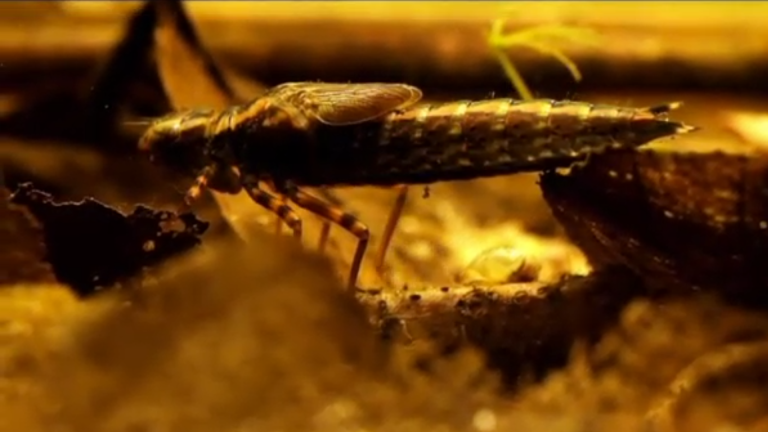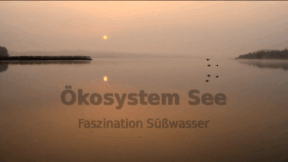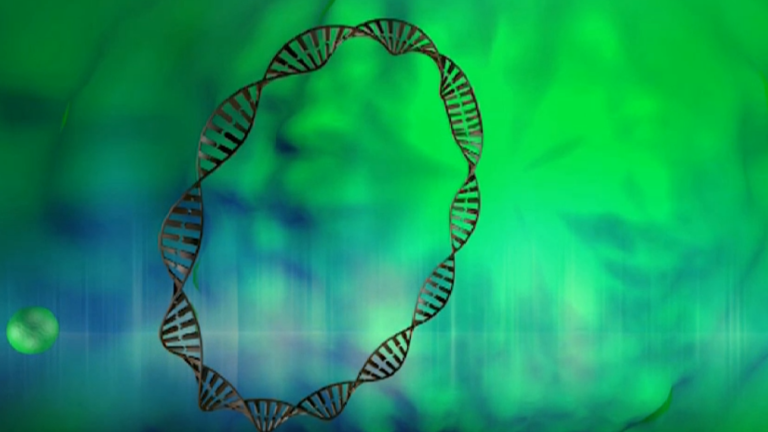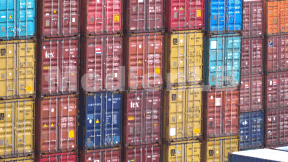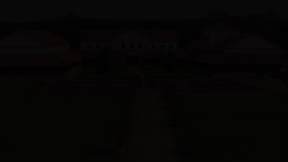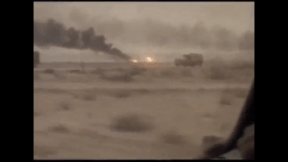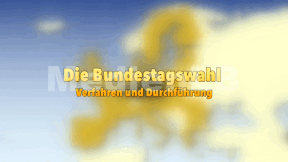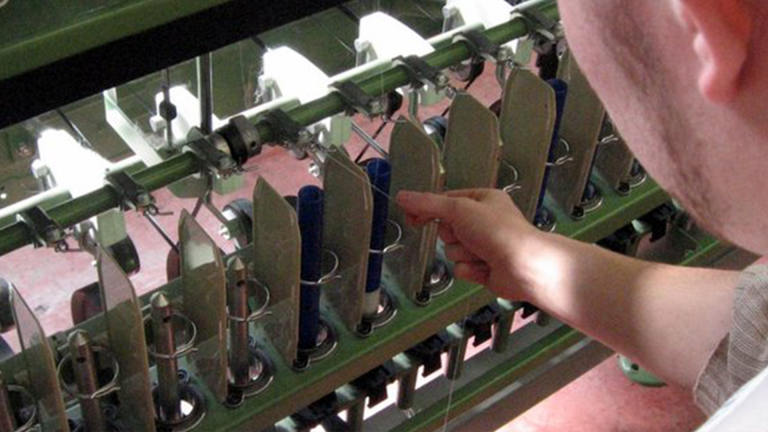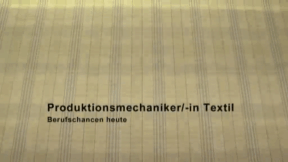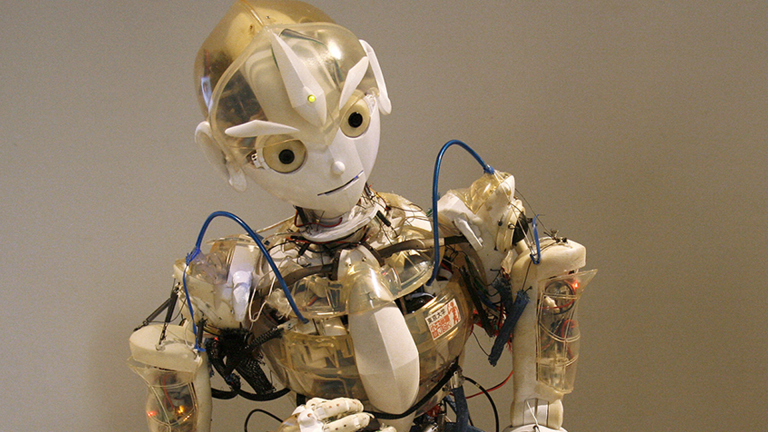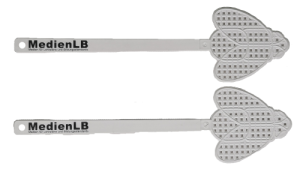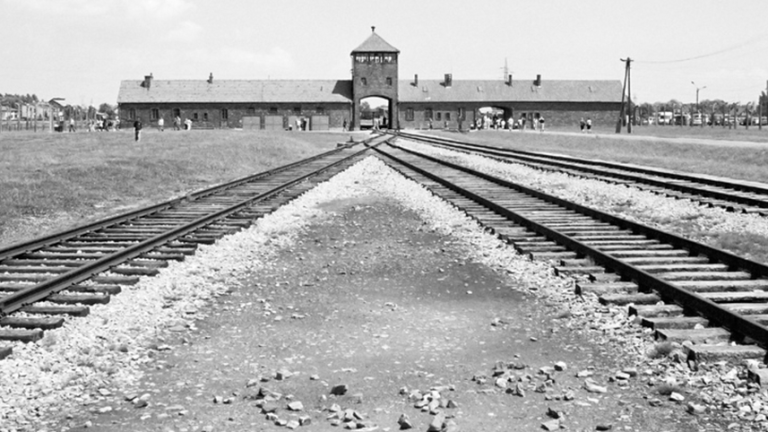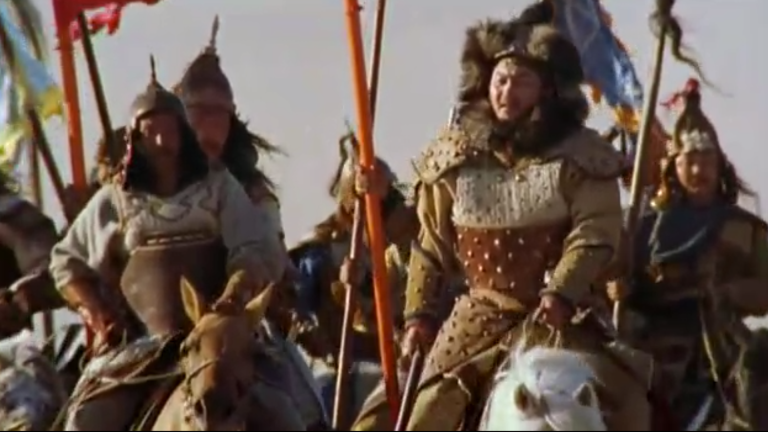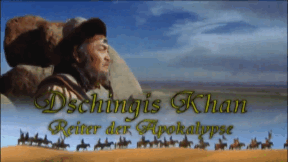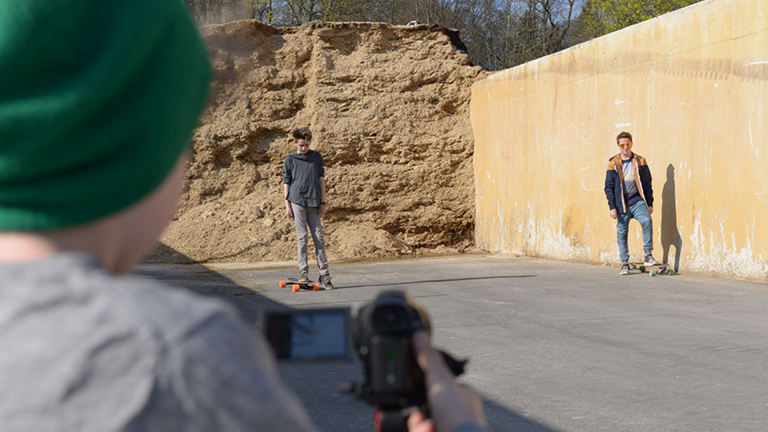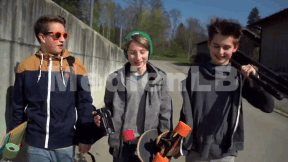Suche:
- # Artistry
- # Biology
- # Chemistry
- # Ecological
- # Economy
- # English
- # Foreign Language
- # Geography
- # German
- # Health
- # History
- # Informatik
- # Latin
- # Mathematics
- # Media Education
- # Music
- # Physics
- # Politics / Civics
- # Preschool
- # Primary School
- # Religion
- # Society
- # Sports
- # Technology
- # Training of Teachers
- # Vocational Education
Contraception
In view of a considerable number of teenage pregnancies and commencement of sexual activities at an average age of 15, the topic of contraception is extremely important in lower secondary school. This DVD offers a complete film as well as working materi- al that allows for a discussion of the topic according to the requirements of the respective type of school as well as to the socio-cultural circumstances. Apart from the film itself, which outlines the most important contraceptive methods, selected animations can be accessed via the menu. They illustrate complex content such as a woman’s cycle, structure and function of the male sexual organs and the effects of different contraceptives in terms understandable to pupils. The film is suitable for an entire series of lessons, with the teachers deciding themselves on the basis of the menu struc- ture what content is appropriate for a class.
Learn moreEcosystem Lake
Lakes are stagnant waters that look quite peaceful to us. But the quiet is deceptive: above and below the water surface, life is anything but peaceful. Phytoplankton and zooplankton are eaten by small predators such as polyps or hydrachnidiae. Toebiters, dragonfly and beetle larvae are food for the water scorpion. As every animal feeds on different prey and in turn is eaten by various predators, a food web is created. The amount and variety of the lake inhabitants depends on the concentration of nutrients. In clear lakes, aquatic plants may spread down to a depth of 10 metres. Different zones with particular plant species are clearly visible. Also animals above the water profit from the rich underwater life, for example the waterfowl. Ever since the lake was formed, wind and waves have been carrying dead plants and animals to the shore, where they have sunk down and decomposed. At the same speed at which the lakeside grows, the water surface of the lake shrinks. With its extensive additional material the didactic DVD is ideally suited for use in the classroom.
Learn moreBiotechnology I
Biotechnology is the application of science and technology to living organisms. Today, biotechnology plays an increasingly important role in everyday life. Very rarely, however, are we aware of it because you cannot tell the biotechnological origin of products of the medical, pharmaceutical and food industries by their look. For example, the enzymes needed for cheese production are formed by biotechnologically programmed mould fungi.
Learn moreSeltene Erden
Der technische Fortschritt versorgt die Menschheit zuverlässig mit innovativer Technologie. Dies hat die Nachfrage nach spezifischen Rohstoffen, etwa für Mikrochips, Rußpartikelfilter, und Dauermagneten sprunghaft steigen lassen. Metalle wie Lithium, Cer, Neodym und weitere gehören zu den sogenannten „Seltenen Erden“. Der Bedarf nach ihnen hat große geopolitische Auswirkungen, und hat zum Aufstieg Chinas, das den Großteil der Lagerstätten auf seinem Gebiet birgt, entscheidend beigetragen.
Learn moreUnited Arab Emirates
Abu Dhabi is the capital of the United Arab Emirates. They consist of seven emirates. The United Arab Emirates are a country where the contrasts could hardly be greater: wealth from crude oil, wastage of crude oil and at the same time orientation towards a future in the post-oil era.
Learn moreThe Wounded Planet
Over millions of years the development of the Earth was determined by nature. Today, man determines the development of nature but not to its advantage.
Learn moreBundestag Elections
There is no democracy without regular elections. Elections are the citizen’s most important means of actively shaping the politics of his or her state and are one of the basic requirements of modern democracy apart from freedom of speech, of assembly, of association, and of the press.In Germany there are political elections in cities and communities, in the federal states to the Bundestag and to the European parliament. All of them have democratic election principles.
Learn moreTextile Production Mechanic
Setting, operating, monitoring, maintaining, servicing and repairing production machines – all these are tasks of a textile production mechanic. Only if the production equipment functions flawlessly and the work processes run smoothly and efficiently, textiles of all kinds and of the highest quality can be produced. Textile production mechanics undergo a broad vocational training. This enables them to work in all branches of the textile industry: in weaving mills, spinning mills, knitting mills, warp knitting mills or elsewhere in the textile industry. Qualifications required for this job are GCSEs or a university entrance qualification. Furthermore, soft skills such as a sense of responsibility, diligence, accuracy and reliability are expedient. The job of a textile production mechanic is a positive challenge for all those interested in engineering and manufacturing as well as in textile fabrics and patterns.
Learn moreRobots
They carry out hard work without complaining, tirelessly and precise in their performance. They explore dangerous territory for us, help us with household chores or are just playmates. Robots have long become valuable assistants in our work environment and in our everyday lives.
Learn moreTrain to Auschwitz
»They had better look out… one day our patience will be at an end and then these impudent and hypocritical Jews will be reduced to silence.«
Learn moreGenghis Khan
They appeared all of a sudden, as if from nowhere. Wild Mongol hordes on horseback overrun the Asian Steppes and Russian expanses at the beginning of the 13th century. Nobody can hold up their triumphal march. The leader of the Mongols is Genghis Khan, a merciless conqueror and visionary statesman. His myth is still topical today. The myth of Genghis Khan, the “Apocalyptic Horseman”. The film describes the development of the young Temujin to one of the greatest generals in history. Impressive pictures show the live of Genghis Khan from the cradle to the grave. By maps used systematically, his military campaigns are shown and a timeline, which is repeatedly displayed, provides the dates of the conquests. This way, pupils can gain a better understanding of the campaigns and remember the dates better. Interesting bonus material on 13th century Europe and comprehensive accompanying material invite you to cover all aspects of the topic. Thus, history lessons become an impressive experience.
Learn moreVideokurs II
Schon mit einfachen Camcordern, sogar mit dem Handy kann man Videos mit einer ansprechenden Bildqualität drehen.
Learn more


